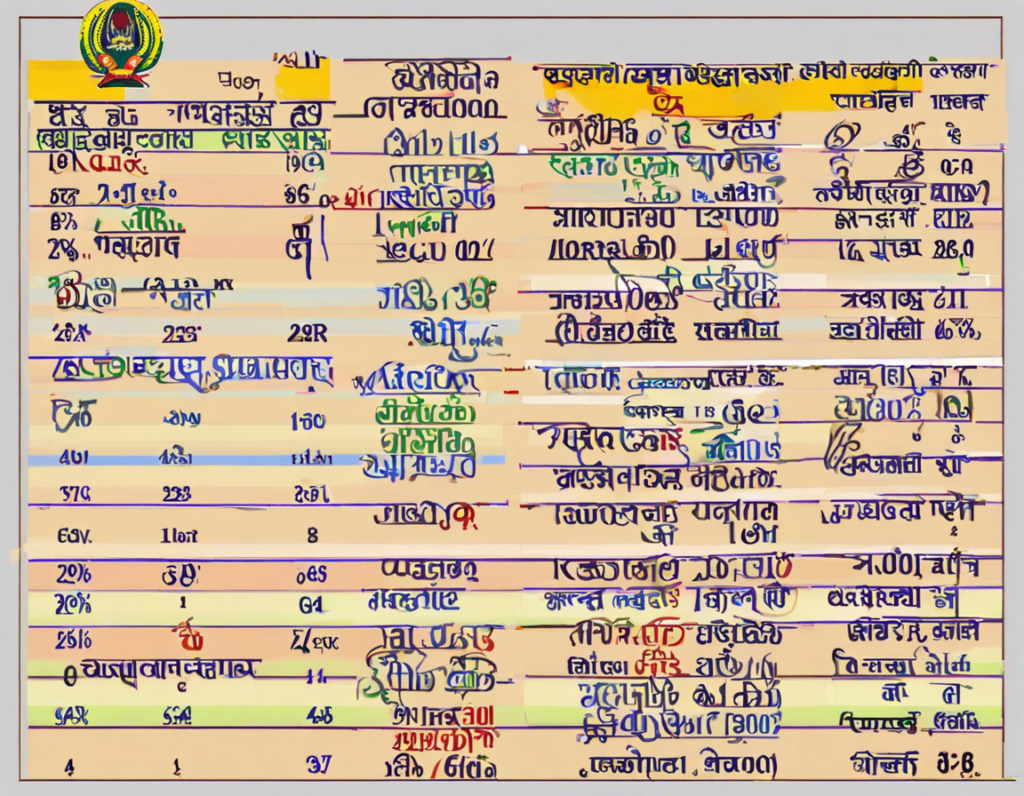With the election season in full swing in Karnataka, exit polls have become a hot topic of conversation. These pre-election surveys conducted outside polling stations after voters have cast their votes are used to predict the outcome of an election. They provide valuable insights into the possible electoral landscape and help political parties, analysts, and the general public gauge the pulse of the voters.
In this article, we will delve into the intricacies of exit polls, understand how they work, analyze the predictions for the upcoming elections in Karnataka, and explore the insights they offer.
How Do Exit Polls Work?
Exit polls are typically conducted by various media houses, research organizations, and polling agencies. They involve surveying voters after they have voted to get an idea of which candidate or party they have voted for. Exit poll results are based on a sample size of voters and are not an exact representation of the final election results. They are more of a snapshot of voter sentiment at a particular point in time.
The methodology of conducting exit polls involves selecting specific polling stations and approaching voters as they exit after casting their votes. Voters are asked to anonymously share their choices, and this data is then compiled and analyzed to make predictions about the election outcome.
Predictions for Karnataka Elections 2023
The Karnataka elections are crucial not only for the state but also for the national political landscape. Various exit polls have been conducted to predict the outcome of the elections, with each survey offering its own set of insights. While exit polls are not always accurate, they do provide a broad indication of the trends and preferences of the voters.
Some of the key insights and predictions from the exit polls for the Karnataka elections 2023 are:
-
Party-wise Performance: The exit polls suggest a close contest between the ruling party and the opposition. The results indicate a possible change in leadership or a close margin of victory for the incumbent party.
-
Regional Variations: The exit polls also highlight regional variations in voting patterns. Certain regions or constituencies may show a distinct preference for a particular party, indicating the importance of micro-targeting and region-specific campaign strategies.
-
Key Issues: Insights from exit polls also shed light on the key issues that influenced voter decisions. Issues such as unemployment, development, infrastructure, healthcare, and education seem to have played a significant role in shaping voter preferences.
-
Voter Demographics: Understanding voter demographics is crucial in interpreting exit poll results. Factors such as age, gender, caste, and income levels can influence voting patterns and predictions. Analyzing these demographics can provide valuable insights into the dynamics of the electorate.
Insights from Exit Polls
Apart from predictions about the election outcome, exit polls offer several valuable insights that can be beneficial for political parties, analysts, and the public. Some of the key insights include:
-
Voter Sentiment: Exit polls gauge the overall sentiment of the voters towards different parties and candidates. This can help parties fine-tune their campaign strategies and messaging to resonate with the electorate.
-
Strategic Planning: Analyzing exit poll data allows political parties to assess their performance in different regions and constituencies. This information can be crucial for devising strategic plans for future elections and addressing the concerns of specific voter segments.
-
Public Opinion: Exit polls reflect the public opinion on various issues and policies. Understanding these opinions can help in crafting policies that align with the needs and expectations of the citizens.
-
Media Coverage: Exit polls generate significant media coverage and public interest, shaping the narrative around the elections. Media houses and analysts often dissect exit poll results to provide commentary and insights, further shaping public opinion.
Frequently Asked Questions (FAQs)
1. Are exit polls always accurate?
Answer: Exit polls can provide a good indication of the trends and sentiments among voters, but they are not always accurate in predicting the final election results.
2. How are sample sizes determined in exit polls?
Answer: Sample sizes in exit polls are determined based on statistical calculations to ensure a representative sample of voters. A larger sample size generally leads to more accurate predictions.
3. What factors can influence the accuracy of exit polls?
Answer: Factors such as sampling errors, methodology, timing of the poll, voter turnout, and the presence of undecided voters can influence the accuracy of exit polls.
4. How do exit polls differ from opinion polls?
Answer: Exit polls are conducted after voters have cast their votes, while opinion polls are conducted before the election to gauge voter preferences. Exit polls provide a more immediate snapshot of voter sentiment.
5. Can exit polls impact voter behavior?
Answer: Exit polls can potentially influence voter behavior, especially if the results suggest a clear winner. This phenomenon is known as the bandwagon effect, where voters choose the perceived winning side.
In conclusion, exit polls play a significant role in shaping the electoral discourse and providing valuable insights into voter preferences and trends. While they may not always be accurate, exit polls offer a glimpse into the possible outcomes of an election and serve as a critical tool for understanding the dynamics of the electorate. As Karnataka gears up for its elections, the predictions and insights from exit polls will continue to be a focal point of discussion and analysis.
